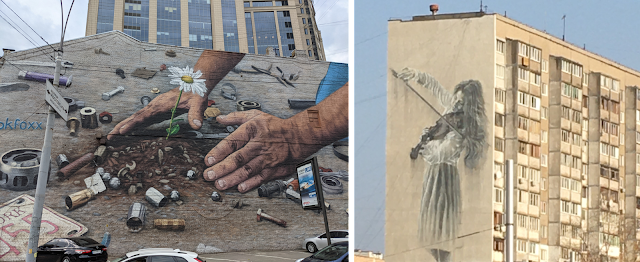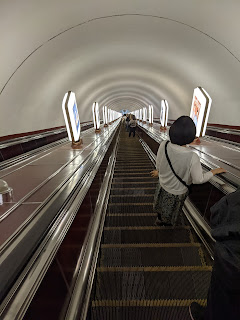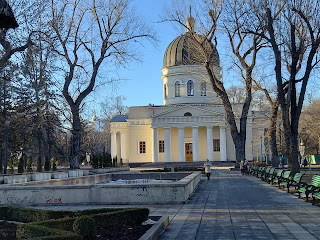We left Ukraine on January 25, 2022. Since then there have been many things that have happened. All the non citizen missionaries went to varies places. About 24 young missionaries along with us and another couple came to Moldova. Some went to Germany, others to Canada, and some went to the States or home because they had only a short time left on their mission. The Mission President and his family just joined us in Moldova on February 21, 2022. Attacks started in Kyiv on February 24, 2022.
Our friends tell us they have heard bombings that echo through the city. They have also heard gun shots. They have been told to stay home, and there is also a curfew for the citizens. The streets at night are quiet and eerie. Many citizens are driving west and crossing the borders into Moldova. Poland has said they would take in refugees. There were 1,900 vehicles that crossed the borders on February 24, 2022. The border lines are very long.
I read that many civilians are camping in the subways (used as bomb shelters). The subways run deep and there are many of them.
The airports in Moldova are closed because of the war in neighboring Ukraine, shortly after President Maia Sandu said Chisinau would introduce a state of emergency and was ready to accept tens of thousands of people fleeing Ukraine after the Russian attack.
There are three main border crossings with Ukraine Lipcani, Otaci, and Criva. Some Ukrainian citizens are moving on to Romania and further west.
One of our favorite cities, Odesa has been invaded.
It is very sad to see Kiev so deserted.
We are waiting for a request from this regional hospital in Balti that serves the northern part of Moldova. Their equipment has been dated as far back as the 1960's. They have a children's hospital wing that has 101 beds and 176 patients under the age of 18.












.jpg)


